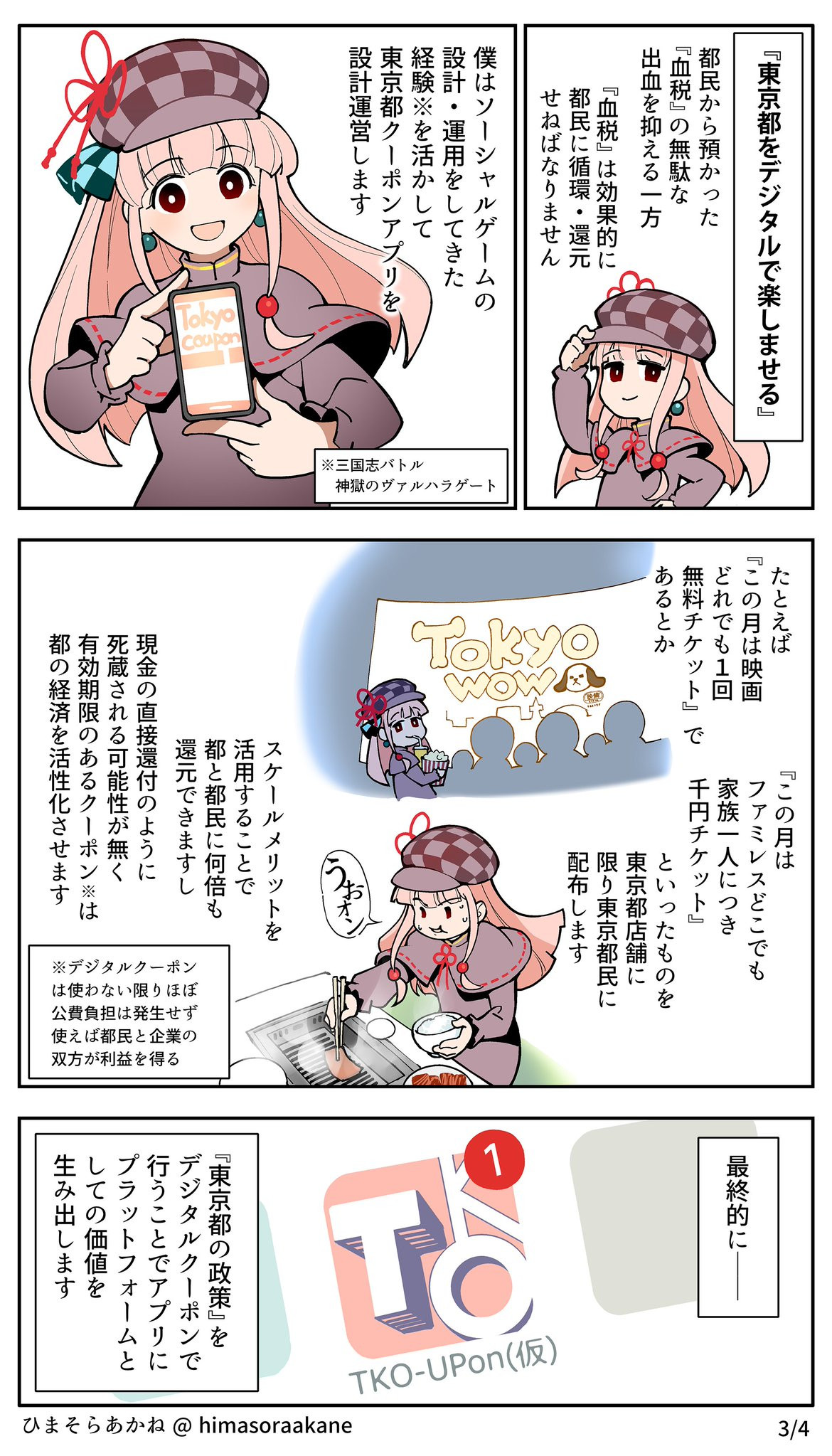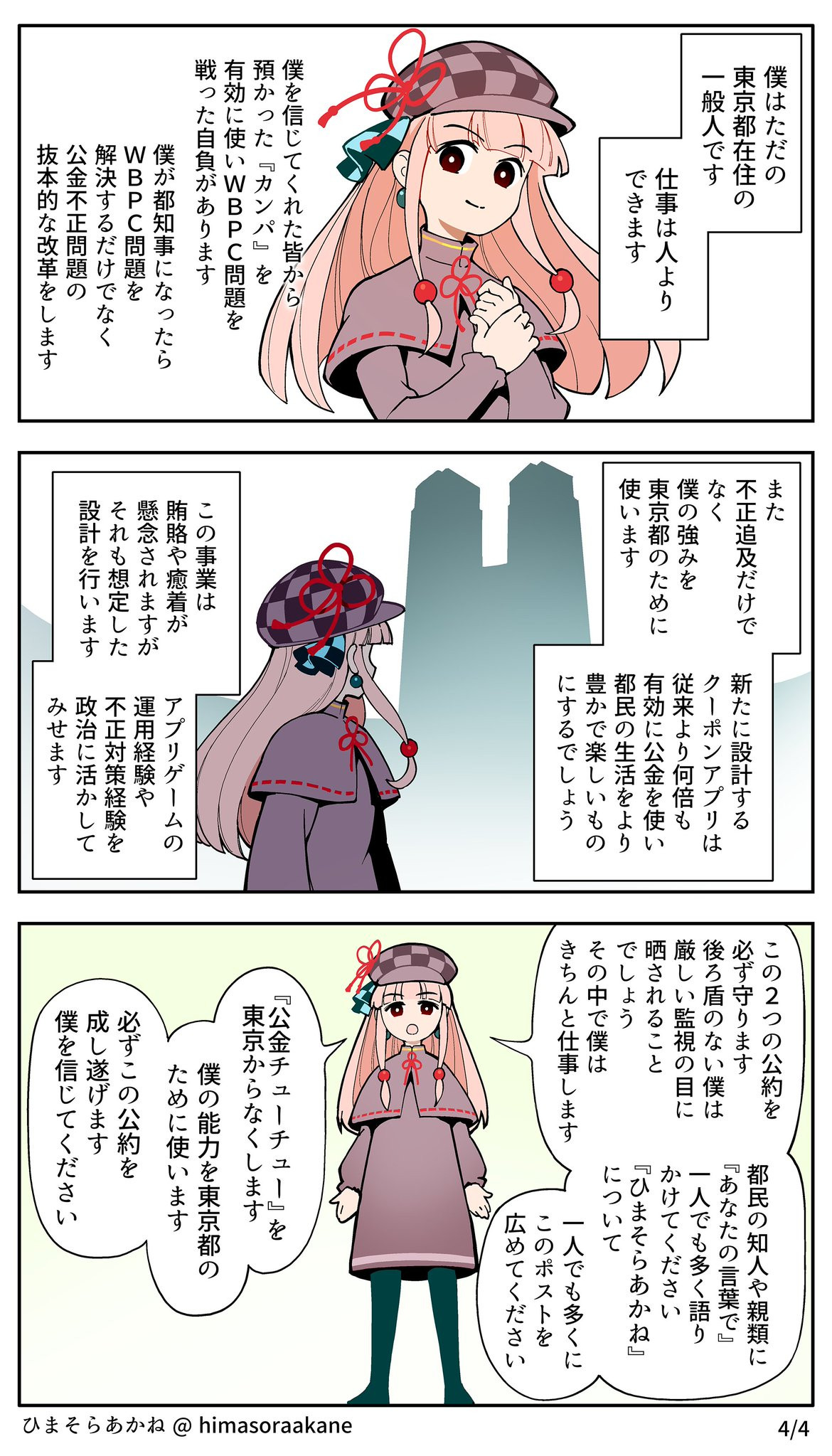WEBマーケティングの全体像と始め方
Webマーケティングとは、インターネットを活用して商品やサービスが売れる仕組みを作ることです。単に広告を出すだけでなく、顧客を惹きつけ、関係を築き、最終的に購入やファンになってもらうまでの一連の活動全体を指します。
この資料では、Webマーケティングの主要な手法と、実際に始めるための基本的なステップを解説します。
1. 主要なWEBマーケティングの手法
Webマーケティングには様々な手法があり、目的やターゲットに応じてこれらを組み合わせて活用します。
a. SEO (検索エンジン最適化)
概要: GoogleやYahoo!などの検索エンジンで、自社のウェブサイトが特定のキーワードで検索された際に、上位に表示されるように最適化する手法です。広告費をかけずに、継続的なアクセス(オーガニックトラフィック)を集めることができます。
- 内部対策: サイトの構造やコンテンツ、HTMLタグなどを最適化します。
- 外部対策: 他のサイトからの被リンクを獲得し、サイトの権威性を高めます。
- コンテンツSEO: ユーザーの検索意図に沿った質の高いコンテンツを作成・発信し、評価を高めます。
b. MEO (マップエンジン最適化) / ローカルSEO
概要: Googleマップをはじめとする地図検索エンジンで、自社の店舗情報が上位に表示されるように最適化する施策です。「地域名+業種(例:渋谷 カフェ)」などで検索したユーザーに対してアピールできるため、飲食店、美容室、クリニックといった実店舗を持つビジネスにとって非常に重要です。
- Googleビジネスプロフィールの最適化: 店舗の基本情報(営業時間、電話番号など)を正確に登録し、常に最新の状態に保ちます。
- 口コミ(レビュー)の管理と促進: ユーザーからの口コミに返信したり、良い口コミを投稿してもらえるよう促したりします。
- 写真や最新情報の投稿: メニューや店内の魅力的な写真を定期的に投稿し、ユーザーの関心を引きます。
- NAP情報の統一: Webサイトや他のメディアに掲載する店舗の名称(Name)、住所(Address)、電話番号(Phone)を正確に統一します。
c. WEB広告 (有料広告)
概要: 費用を支払い、検索結果やウェブサイト、SNSなどに広告を掲載する手法です。即効性が高く、特定のターゲットに直接アプローチできるのが特徴です。
- リスティング広告: 検索キーワードに連動して表示される広告。ニーズが明確なユーザーに届きやすいです。
- ディスプレイ広告: ウェブサイトやアプリの広告枠に表示されるバナー広告や動画広告。潜在的な顧客層にアプローチできます。
- SNS広告: X (旧Twitter), Instagram, Facebookなどのプラットフォームで、ユーザーの属性や興味関心に合わせて配信する広告です。
d. コンテンツマーケティング
概要: ブログ記事、動画、ホワイトペーパー、導入事例など、ユーザーにとって価値のあるコンテンツを作成・発信することで、見込み顧客を惹きつけ、信頼関係を築き、最終的にファンになってもらうことを目指す手法です。
e. SNSマーケティング
概要: X, Instagram, Facebook, LINE, TikTokなどのソーシャルメディアを活用して、ユーザーとコミュニケーションを取り、ブランドの認知度向上やファンの育成、販売促進につなげる活動です。
- アカウント運用: 定期的な情報発信やユーザーとの交流。
- キャンペーン: フォロー&リツイートキャンペーンなどで認知を拡大。
- インフルエンサーマーケティング: 影響力のある人物に商品やサービスを紹介してもらう手法。
f. メールマーケティング
概要: メールアドレスを登録してくれたユーザーリスト(ハウスリスト)に対して、メールマガジンやステップメールなどを配信し、直接アプローチする手法です。顧客との関係を維持し、再購入を促すのに効果的です。
2. WEBマーケティングの始め方 (5ステップ)
Webマーケティングを成功させるためには、計画的に進めることが重要です。
ステップ1: 目的とKPIの設定
「何のためにやるのか」を明確にします。
- 目的の例:
- ブランドの認知度を上げたい
- ECサイトの売上を月100万円にしたい
- 資料請求の件数を増やしたい
- KPI (重要業績評価指標) の例:
- ウェブサイトのアクセス数 (PV数)
- コンバージョン率 (CVR)
- 顧客獲得単価 (CPA)
ステップ2: ターゲットの明確化
「誰に届けたいのか」を具体的にします。 年齢、性別、職業、ライフスタイル、抱えている悩みなどを基に、具体的な人物像(ペルソナ)を設定することで、メッセージが響きやすくなります。
ステップ3: 手法・チャネルの選定
ステップ1と2に基づき、最適な手法を選びます。
- 例1: 若者向けのファッション商材なら、InstagramやTikTokでのSNSマーケティングが有効かもしれない。
- 例2: 企業の担当者向けのBtoBサービスなら、専門的な内容のコンテンツマーケティングやFacebook広告が適しているかもしれない。
ステップ4: 施策の実行
計画に沿って、具体的なアクションを起こします。
- コンテンツの作成
- 広告の出稿・運用
- SNSアカウントの投稿
ステップ5: 分析と改善
「やりっぱなし」にせず、結果を必ず分析します。 Google Analyticsなどのツールを使ってKPIの数値を計測し、「なぜこの結果になったのか」を分析します。その結果を基に、次のアクションプランを立て、改善を繰り返していくサイクル(PDCAサイクル)を回すことが成功への鍵です。
まとめ
Webマーケティングは、一度やれば終わりではありません。市場や顧客のニーズ、テクノロジーは常に変化しています。「計画 → 実行 → 分析 → 改善」 のサイクルを継続的に回し、変化に対応していくことが、ビジネスを成長させる上で不可欠です。
WEBマーケティングとは?
SEO
検索エンジン最適化
MEO
マップエンジン最適化
WEB広告
有料広告
SNS
ソーシャルメディア
顧客とつながり、ビジネスを成長させる
Your Brand
Web Marketing
WEBマーケティング
顧客とつながり、ビジネスを成長させる
SEO
MEO
WEB広告
SNS


















「HOUYHNHNM(フイナム)」.jpg)














